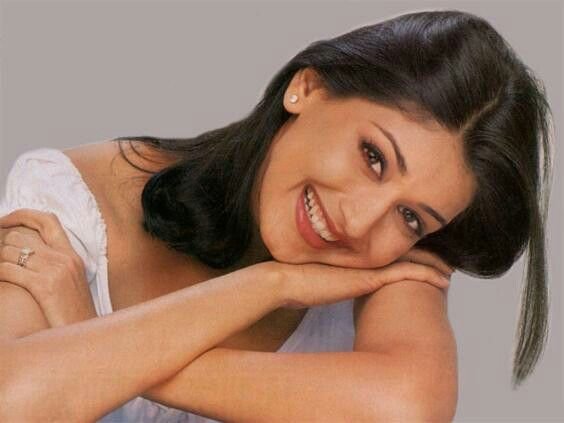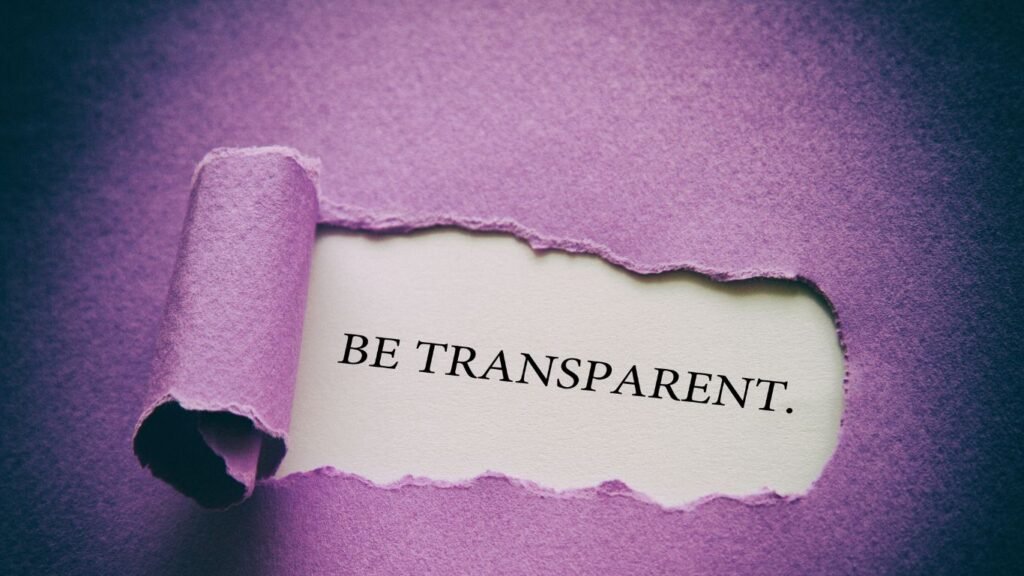Sonali Bendre: The Graceful Star Who Deserved More Screenspace

Sonali Bendre emerged as a beacon of elegance and understated talent in the landscape of 1990s Bollywood. With a delicate screen presence, expressive eyes, and effortless poise, she captured the hearts of audiences across the country. While many contemporaries carved out towering careers with dozens of lead roles and accolades, Sonali’s filmography remained relatively limited. However, her performances left a lasting impact. She embodied a rare blend of quiet strength and artistic sensitivity. Her journey in Hindi cinema tells a story of immense potential, but also missed opportunities—by an industry that often overlooked her range and depth.
Early Years: More Than Just a Pretty Face
Sonali Bendre started her professional life as a model and transitioned into films in the early 1990s. She made her debut with the 1994 film Aag, directed by K. Raghavendra Rao. Critics praised her natural expressions and screen presence, and audiences responded warmly. The industry recognized her early promise, awarding her the Filmfare Award for Lux New Face of the Year and the Screen Award for Best Female Debut.
From the outset, her beauty often stole the spotlight, but her talent went deeper. She followed her debut with roles in Naaraaz, Takkar, The Don, and Gaddaar. Each film placed her in different narrative contexts—some action-oriented, others romantic—but her characters often remained underwritten. Still, she brought dignity and a sense of calm to each role, elevating material that might have otherwise gone unnoticed.
Industry Limitations: A Mismatch of Potential and Opportunity
Despite her early popularity, producers rarely offered Sonali Bendre central, performance-driven roles. The 1990s Bollywood ecosystem often cast women as decorative additions to the male hero’s storyline. Sonali, with her restrained style, did not fit the loud, exaggerated archetypes that dominated the era.
In a 2023 interview, she candidly said, “Every producer tried to fatten me up because they didn’t think I looked voluptuous enough for the camera.” She faced constant commentary about her appearance, even when she worked hard to stay healthy. The industry’s preference for a certain “look” often trumped genuine acting ability. Sonali navigated this environment with grace, but it undoubtedly limited her trajectory.
She also admitted in another conversation, “I never thought I was on top of my game… I kept fumbling, learning on the job.” Despite these feelings, she consistently delivered grounded, sincere performances. She never relied on gimmicks or exaggerated expressions; she trusted subtlety. That kind of acting, unfortunately, often went underappreciated in the mainstream Bollywood of the 90s.
Memorable Roles: Underutilized Brilliance
Even with limited screen time, Sonali made her presence felt in several significant films. In Sarfarosh (1999), opposite Aamir Khan, she played Seema, a character rooted in realism and quiet resilience. Her chemistry with Aamir felt natural, and her performance supported the film’s intense, nationalistic narrative.
In Hum Saath-Saath Hain (1999), she portrayed Preeti, the youngest daughter-in-law in a large joint family. The role didn’t offer much complexity, yet Sonali brought warmth, modesty, and intelligence to the character. Her restrained performance stood out in a film crowded with dramatic arcs.
In Duplicate (1998), starring Shah Rukh Khan, she played a journalist entangled in a case of mistaken identity. Though the film revolved around Shah Rukh’s double role, Sonali held her own and brought balance to the chaotic plot.
She also made an unforgettable impact in the song “Humma Humma” from Bombay (1995), which introduced her to pan-Indian audiences. While it was a brief appearance, her performance in the dance sequence combined grace with power, creating a lasting image in the minds of many.
Turning to Other Avenues: Television, Books, and Healing
By the early 2000s, Sonali began stepping back from films. She chose family life and parenthood while also exploring other creative platforms. She appeared as a judge on several television reality shows like Indian Idol, India’s Got Talent, and India’s Best Dramebaaz. Her thoughtful, composed demeanor brought credibility to these shows and made her a favorite among younger audiences.
In 2015, she authored The Modern Gurukul: My Experiment with Parenting, a book inspired by her experiences as a mother. She blended traditional values with contemporary parenting strategies. Readers appreciated her honesty and vulnerability, and the book received critical acclaim.
Then came her most public and personal challenge. In 2018, Sonali revealed that doctors had diagnosed her with metastatic cancer. She traveled to New York for treatment and documented her journey on social media. Her posts—bald, smiling, and strong—moved millions. She did not portray herself as a victim; she projected strength, even during pain. Speaking about her experience, she said, “I asked myself, ‘Why me?’ But I eventually started asking, ‘Why not me?’ That question changed my perspective.” Her courage turned her into a symbol of resilience.
A Missed Cinematic Chapter
Sonali Bendre never lacked talent. She possessed a quiet magnetism that suited nuanced roles—something Bollywood rarely explored in the 90s. If she had entered the industry in the OTT era, platforms like Netflix or Amazon Prime might have recognized her ability to portray layered characters in complex stories. Writers today craft roles for women with subtleties, contradictions, and personal journeys—traits Sonali could have brought to life masterfully.
Her recent return to acting with the web series The Broken News in 2022 reminded viewers of her charisma. Playing a seasoned news editor, she combined authority with empathy. Critics praised her performance, noting how effortlessly she owned the screen after a long gap.
Conclusion: Stardom Isn’t Always Loud
Sonali Bendre’s career did not follow the traditional path of superstardom, but she continues to influence Indian cinema and public life in profound ways. Her grace under pressure, both professionally and personally, reveals the strength of her character. She never relied on controversy or gimmicks. She stood tall, smiled through storms, and told her story with quiet dignity.
The Indian film industry missed the opportunity to cast her in roles that could have shown her full range. But audiences have not forgotten her. With time, more people recognize what she brought to the screen—authenticity, grace, and unspoken strength.
Sonali Bendre deserved more roles, more recognition, and certainly more screenspace. But what she gave in limited appearances has etched itself into the memories of those who saw her—truly saw her—as the graceful star who could have been much, much more.













